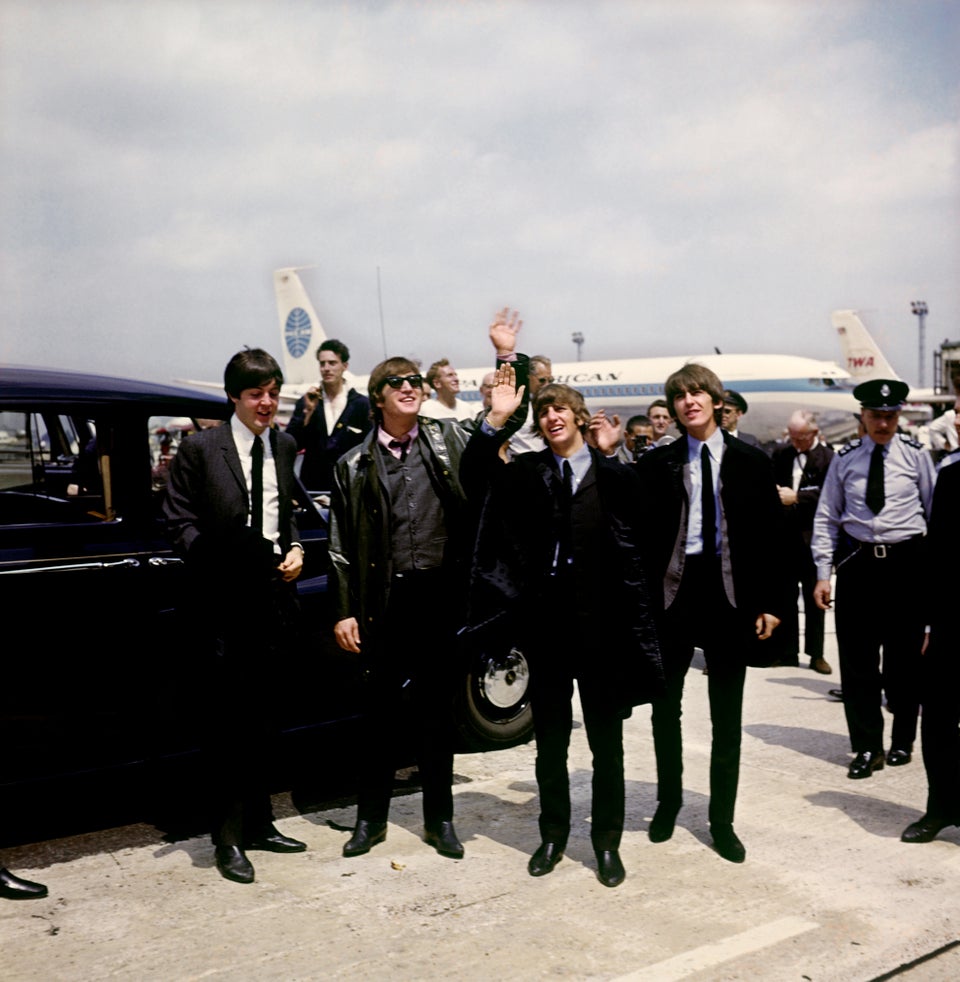
This weekend, Janus Films will release a restored version of "A Hard Day's Night," produced by the Criterion Collection. As the first Beatlemania film returns to the big screen more than 50 years after its premiere, HuffPost Entertainment spoke with the restoration team about what went into the time-consuming process.
Film is a very perishable medium ...
Ideally, a restorer aims to use the original cut negative for the film, but this is not always available. As the president of the Criterion Collection, Peter Becker said, "Things happens to film in the can -- it heats up, it turns to vinegar." Even film which has been cared for through the years can often become warped or suffer from negative dirt or pieces of emulsions.
... so even important films are often damaged.
You might think that especially classic films would be well cared for, but time is unkind to even the most important films, and the idea of saving important works is a new one. Prior to the '60s, there was not a sensibility of preservation surrounding the medium. Becker notes that Georges Méliès -- one of the leading filmmakers of the late 19th century and early 20th century -- "burned more of this work in his own backyard than were ever lost, simply because they took up too much space." As for "A Hard Day's Night," most of the original negative was found, though the first and last reels were missing, and copies were used.
The goal of restoration is not to bring films up to modern standards.
A good restorer aims to leave no trace of their work. It is often preferable to leave an error than evidence that a fix has been made. "After a fix is made, we go through frame by frame, to make sure the fix doesn't need fixing," Becker said (adding that 24 frames per second means "A Hard Day's Night" consisted of 125,280 total frames). The strongest example of this tenant of restoration is explained by the audio work. With "Hard Day's Night," for example, it would be possible to cast the audio into much higher quality, but to do so would limit the intended effect of the film. (Richard Lester aimed to have the music seem to come from within, rather than be laid over the finished product.) That comes in contrast to works like The Who's "Quadrophenia," which was intended to be experienced on a more complex speaker system.
Instead, restoration works to fulfill the initial context of the film.
Like any work of preservation, film restoration relies on points of information that let restorers know what the filmmakers would have wanted with a refinished product. A more picturesque and polished film should have more scratches or imperfections removed than something that is intended to have a down-home quality. For example, a restorer working through Michelangelo Antonioni's "L'Avventura" (as the Criterion Collection is currently in the process of doing) would set out to do a more meticulous job or removing flaws than one repairing Les Blanks' "Hot Pepper." Ultimately, the work of making fixes should align with the original aesthetic, whether than means stunning ocean scenes or something intended to feel like a home video.

